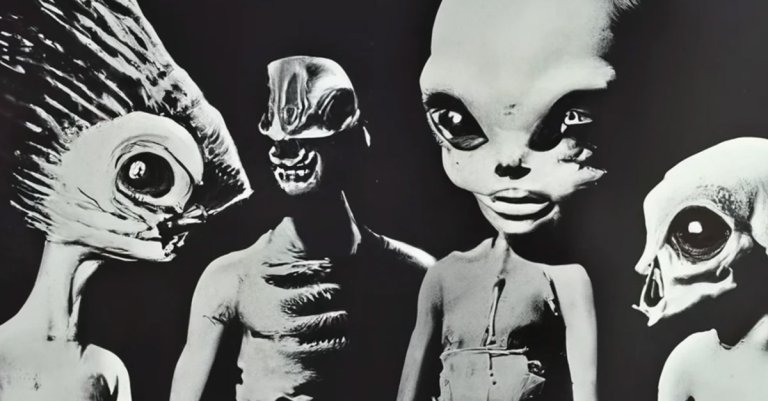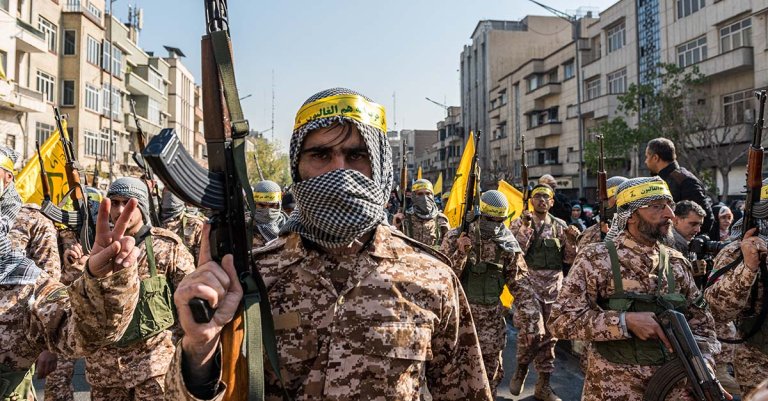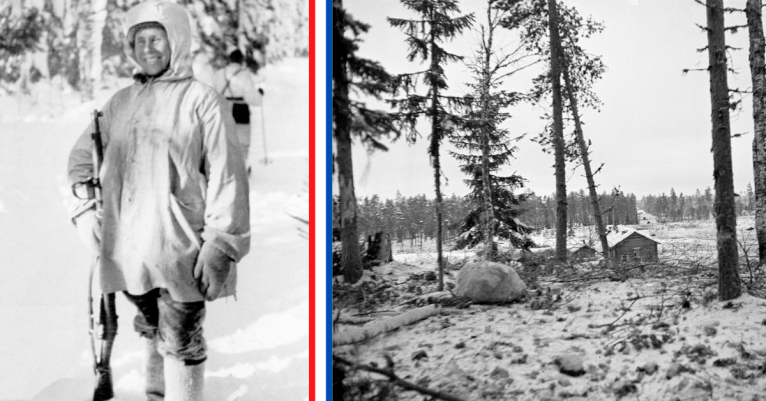

The KGB—or Komitet Gosudarstvennoy Bezopasnosti—was the Soviet Union’s principal security agency from 1954 until its breakup in 1991.
Conventional media and entertainment paint the organization as the Soviet version of America’s CIA. However, a more realistic description of the KGB includes the roles of the NSA, FBI, CIA, and state media. Its responsibilities included intelligence gathering, border security, and propaganda enforcement. Additionally, the KGB served as the state’s secret police and was a military service governed by military laws and regulations; the CIA, on the other hand, is a civilian foreign intelligence service.
A 1983 Time article called “The KGB: Eyes of the Kremlin,” reported that it was the world’s most effective information-gathering organization at its peak. The USSR liked to keep things simple; information flowed freely throughout the agency, which avoided any hiccups that may occur between multi-agency cooperation.
After the Soviet collapse, the KGB was succeeded by the Federal Counterintelligence Service (FSK) of Russia, which was in turn succeeded by the Federal Security Service of the Russian Federation (FSB). Although the KGB doesn’t officially exist, many argue that its mode of operation lives on under former KGB agent and current Russian President Vladimir Putin.
Case in point is the mysterious poisoning of former KGB and FSB agent Alexander Valterovich Litvinenko by radioactive polonium-210 that resulted in his death. Litvinenko and other FSB officers publicly accused their superiors of ordering the assassination of Russian tycoon and oligarch Boris Berezovsky. After being arrested and acquitted, he defected to the United Kingdom in 2000 until his suspected murder in 2006.
In January 2016, the BBC reported that Putin ‘probably’ approved Litvinenko’s murder after years of personal antagonism. This Free Documentary video explains the KGB’s evolution and why it was so feared.
Watch:






